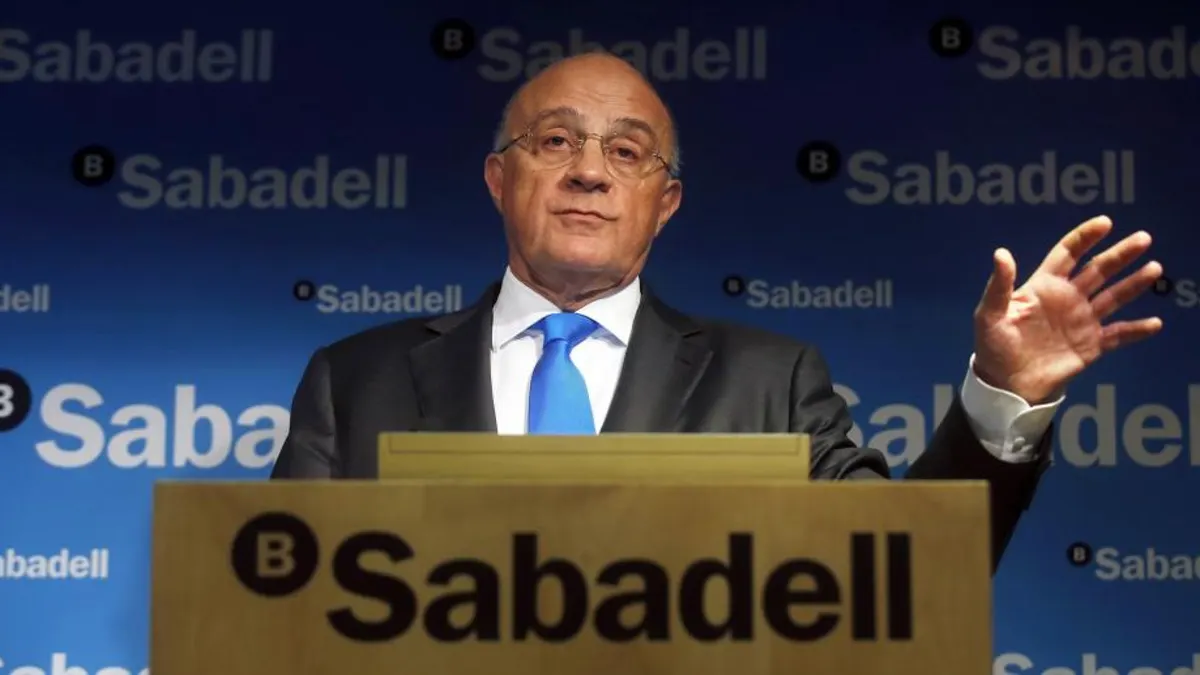Life is short, so if you get the chance, dance.
Even if you aren’t that coordinated. Even if the years have taken a toll.
Even if you can’t hear the music.
My friends and I were in our fourth line dancing class — sometimes breezing, often struggling to keep up — when Tracy Nash joined the group of middle-aged strutters.
She walked into the room at the Tinley Park Park District and immediately began trying to follow the steps of what has become our “warm-up” dance, “The Electric Slide.”
Like most of us had done in the first few minutes of class, Tracy stumbled through some of the moves. Meanwhile, her mother made her way to the front of the room and introduced herself to the instructor.
Dance instructor aide Darlene Ulrich, left, teaches Tracy Nash “The Electric Slide” during a line dancing class at the Tinley Park Park District. (Donna Vickroy/Naperville Sun)
“I’m Tracy’s mother,” Sharon Nash said. “I’m also her interpreter. She’s deaf.”
Line dancing is fun, even without the fancy clothes and alcohol-induced bravado that accompanies weddings. It’s good exercise, a mood lifter, and it certainly beats sitting home and watching TV on a Wednesday afternoon.
And when you finally conquer the turning jazz box — step forward with the right foot, cross over with the left, pivot, then step right and then step left — you kind of feel like you’re winning at this aging thing.
That said, line dancing also puts the speed at which you learn on display. It is an equal-opportunity shamer at times. You not only strut your stuff in front of others but you do it in front of a floor-to-ceiling mirror. Watching yourself misstep or turn in the wrong direction can be humbling.
Once you shuffle your way to muscle memory, however, you feel on top of your toes.
Instructor Ray Ulrich has been teaching line dancing for more than 15 years. He’s had students with various intellectual or physical needs — one woman in our class uses a cane — but Tracy was his first deaf student.
“It kind of blew my mind,” he said.
That someone who could not even hear music would muster the courage to take a dance class was simultaneously impressive and intriguing. At some point while learning a dance, the music becomes a sort of puppeteer, directing the dancer to move to the rhythm almost subconsciously.
If you couldn’t hear the music, would the process still be enjoyable?
What happened next was even more inspiring.
Among the dozen or so dancers in class that day was Mary Dampf, a retired deaf interpreter.
Dampf immediately recognized Tracy and began signing that she could help.
The deaf community is small, Dampf said. The deaf interpreter world even smaller, she added.
It seemed fate had intervened on this chilly March afternoon and enabled these small worlds to come together and form a sort of Venn diagram, or at least a perfect vine.
Along with class aide Darlene Ulrich (no relation to Ray), Tracy and Dampf went into the hall for a quick tutoring session.
“Dancing is a bonding thing,” Darlene Ulrich said. “It’s gaining popularity across the suburbs, especially in DuPage County. People want to know the dances being featured at weddings. It’s good exercise. And it’s fun.”
Once park district officials were apprised of Tracy’s condition, they brought in Mary Paladin, an interpreter with South Suburban Special Recreation Association (SSSRA).
“This is the first time I’ve interpreted for a line dancing class,” Paladin said. “I had to look at videos to make sure I knew what I was doing. I’ve only line danced at weddings.”
Here’s where a small world gets even smaller, while the overlap of circles actually expands.
Back in the 1990s, Sharon Nash taught a sign language class in the continuing education program at Moraine Valley Community College.
Paladin was one of her students.
And Dampf sometimes interpreted during school district 146 parent-teacher conferences for Tracy’s now-18-year-old child, who also is deaf.
Meghan Fenlon, superintendent of recreation for the Tinley Park Park District, said the district offers all kinds of assistance when needed. The help can be one-on-one or even a staff for a summer camp program.
SSSRA often provides that assistance and also helps train park district staff, Fenlon said.
Through her mother, Tracy explained that she had taken a line dancing class many years ago, after she’d had a Cochlear implant installed. Initially, she said, the device enabled her to pick up rhythm in one ear and she was able to “get pretty good at dancing.”
But that sense was lost years ago.
“I think she felt she’d be able to do the line dancing same as before,” her mother said. “She says she’s kind of disappointed that she can’t.
“But it is still fun,” Tracy signed.
With the extra help, Tracy blended in, dancing with the group to both “The Electric Slide” and “The Cupid Shuffle.”
“I really am enjoying it,” Tracy signed. She can’t hear the music, but she can imagine it, she said.
Like anything in life, she reminds us, when you do something with your heart, it doesn’t matter how many times you stumble. The joy of doing and eventually mastering something is still the same.
When asked if she ever found it awkward, Tracy smiled and signed, “Yes, but it’s awkward for everybody.”
In other words, she fit right in.
Donna Vickroy is an award-winning reporter, editor and columnist who worked for the Daily Southtown for 38 years. She can be reached at donnavickroy4@gmail.com.





